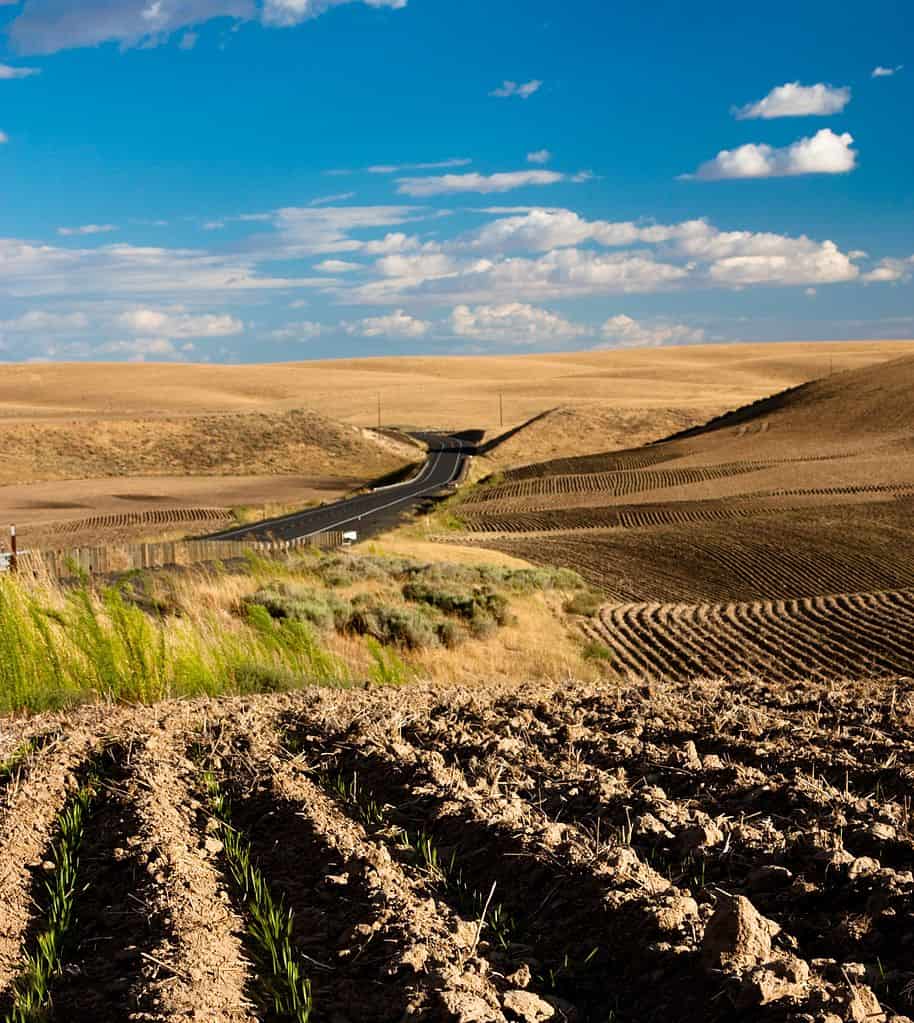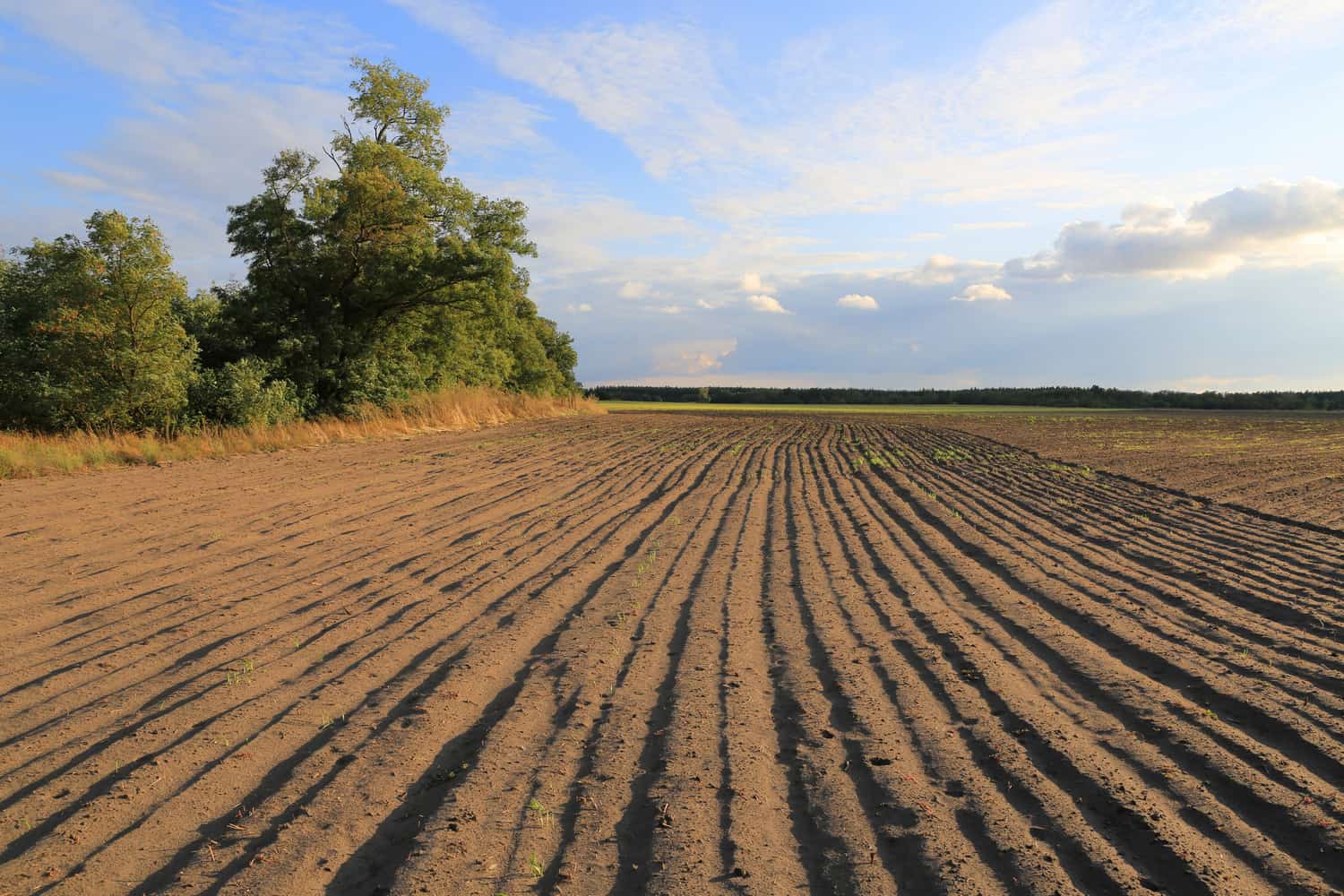Farming in dry areas presents unique challenges that require innovative solutions and strategic planning. The arid climates, scarce rainfall, and extreme temperatures can significantly hinder agricultural productivity. However, with the right techniques and understanding of the regional ecosystem, farming in these challenging environments can be not only feasible but also lucrative. Among the various crops that thrive in such conditions, berries have emerged as a vital regional crop due to their resilience and market demand.
In regions where conventional farming practices may fail, berries offer a promising alternative. These small fruits not only require less water than many traditional crops, but they also contribute positively to the soil and ecosystem. As farmers seek to adapt to the realities of climate change and water scarcity, understanding the necessary adaptations for farming in dry areas becomes increasingly critical. This article will explore the essential factors for successful farming in these environments and highlight how berries can play a significant role in sustainable agriculture.
By focusing on the cultivation of berries and other drought-resistant crops, farmers can enhance their productivity while conserving precious resources. Moreover, the increasing consumer demand for fresh, locally-sourced produce makes berries an attractive crop for dry regions. In this article, we will delve into the necessary for farming in dry areas and examine how major regional crops, particularly berries, can contribute to resilient agricultural practices.
What Are the Necessary Conditions for Farming in Dry Areas?
Farming in dry areas requires a comprehensive understanding of the local climate and soil conditions. Here are some necessary conditions to consider:
- Soil Quality: Soil must be well-draining and capable of retaining moisture.
- Water Management: Efficient irrigation systems are crucial, such as drip irrigation, to minimize water loss.
- Crop Selection: Choosing drought-resistant crops is essential for successful farming.
- Microclimate Management: Creating microclimates can help protect crops from extreme temperatures.
How Do Berries Adapt to Dry Conditions?
Berries, including strawberries, blueberries, and blackberries, have several adaptations that allow them to thrive in dry areas. Their root systems often extend deep into the soil, allowing them to access moisture that is otherwise unavailable to shallow-rooted plants. Additionally, many berry varieties are drought-resistant, requiring less water than traditional crops. These adaptations make them ideal candidates for farming in dry regions.
Which Berries Are Best Suited for Dry Farming?
When considering what berries to plant in dry areas, here are some of the best options:
- Blueberries: Require acidic soil but are well-suited for dry conditions once established.
- Raspberries: Thrive in a variety of soils and have good drought resistance.
- Blackberries: Known for their resilience and adaptability to different environments.
- Strawberries: Can be grown in raised beds to improve drainage and soil moisture retention.
What Techniques Enhance Berry Farming in Dry Areas?
Utilizing specific techniques can maximize the success of berry farming in dry climates. Some effective methods include:
Are There Economic Benefits to Berry Farming in Dry Areas?
Berry farming in dry regions can be economically beneficial due to several factors:
- High Market Demand: Berries are popular among consumers, leading to good profit margins.
- Diverse Product Options: Farmers can sell fresh berries, jams, and jellies for added value.
- Local Sourcing: As consumers increasingly prefer local produce, farmers can tap into this market.
What Challenges Do Farmers Face in Dry Areas?
Despite the advantages of berry farming, farmers in dry areas also encounter several challenges:
- Water Scarcity: Limited water resources can make irrigation difficult.
- Pest Management: Drought conditions can alter pest populations and their management.
- Soil Degradation: Continuous farming without proper practices can lead to soil erosion.
How Can Farmers Overcome These Challenges?
Farmers can implement various strategies to overcome the challenges of farming in dry areas:
Conclusion: The Future of Farming in Dry Regions with Berries
In conclusion, the necessary for farming in dry areas, particularly with a focus on major regional crops like berries, is crucial for sustainable agriculture. By understanding the unique conditions of arid regions and adopting effective farming techniques, farmers can thrive even in challenging environments. The economic potential of berry farming, coupled with its adaptability to dry conditions, makes it a viable option for future agricultural practices. As we move forward, the integration of innovative farming methods and a focus on sustainable practices will be essential for the success of agriculture in dry areas.



ncG1vNJzZmixn6PAtr7IZqWeq6RjsLC5jq2pnqaUnruogY6nnJydo6ius8WMn6arZZaWv661zaBkoqZdmb%2B6ecCrnJqrXZl6rq3JqKlmqpWctrC6wKVknKqfpcButc2co66clWKvpr7RopysZpipuq0%3D